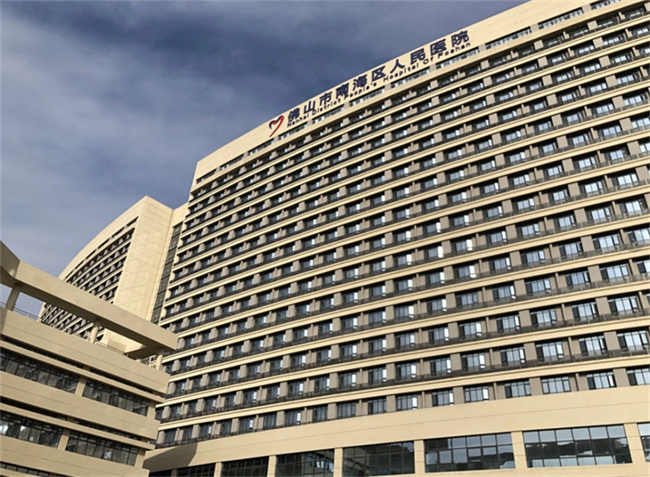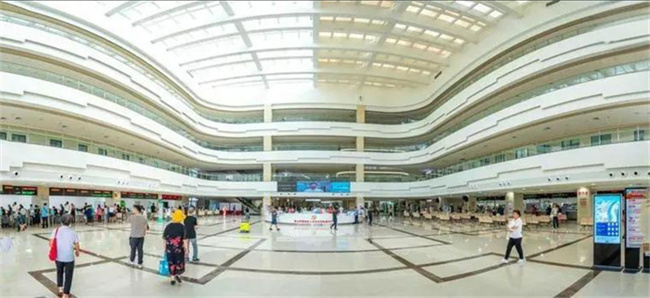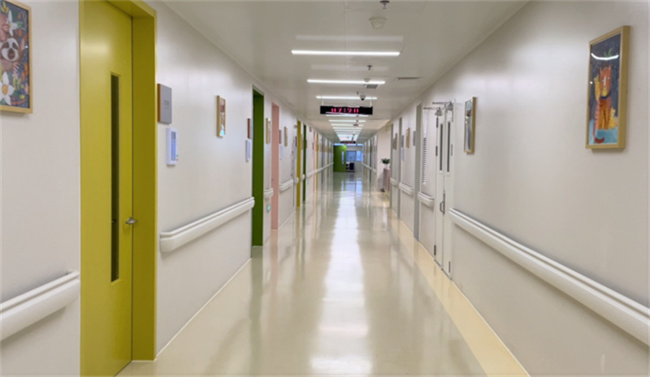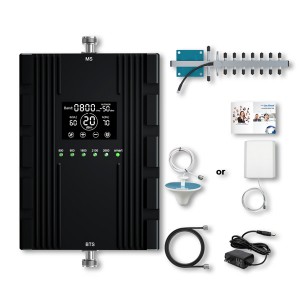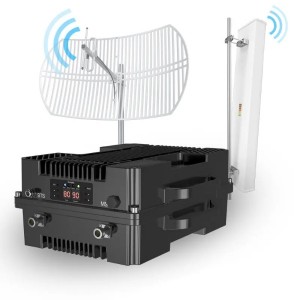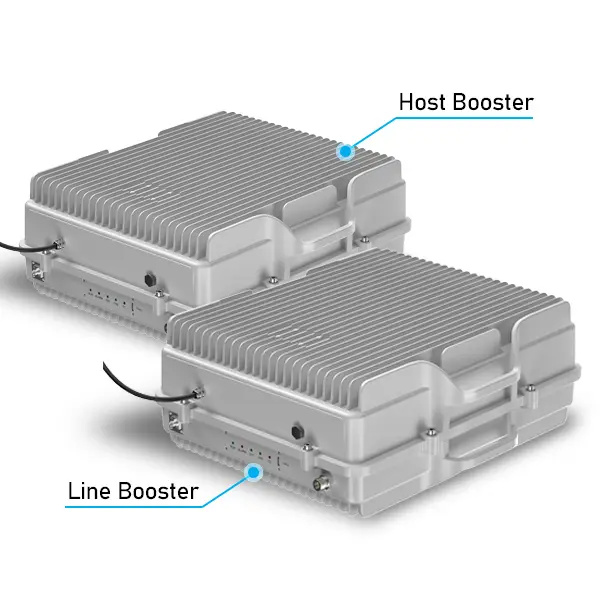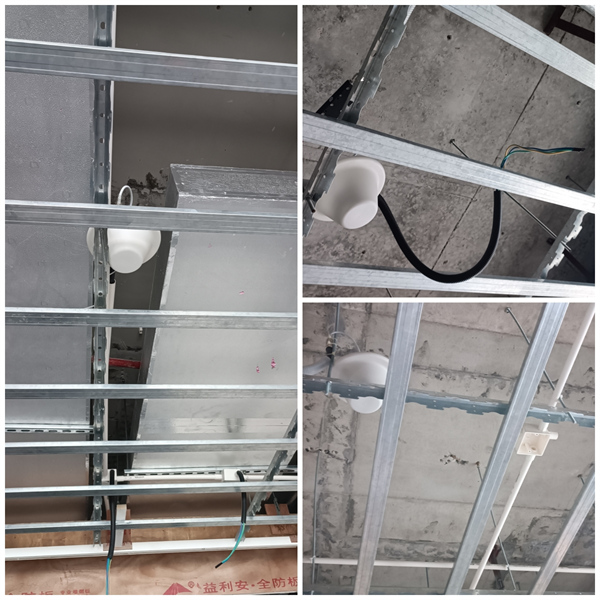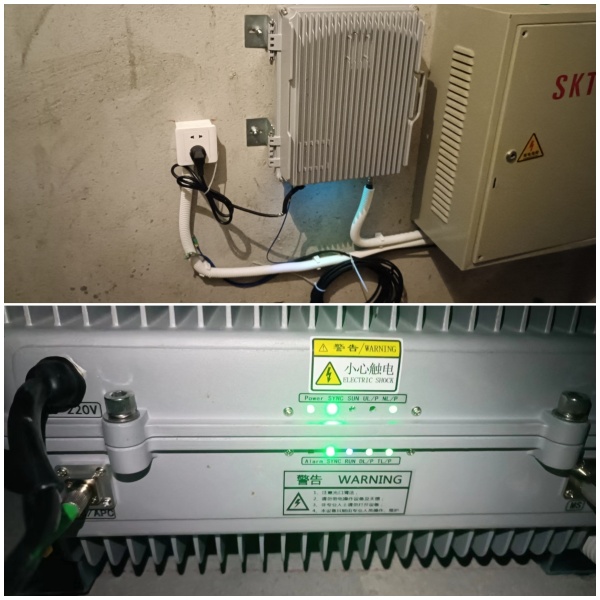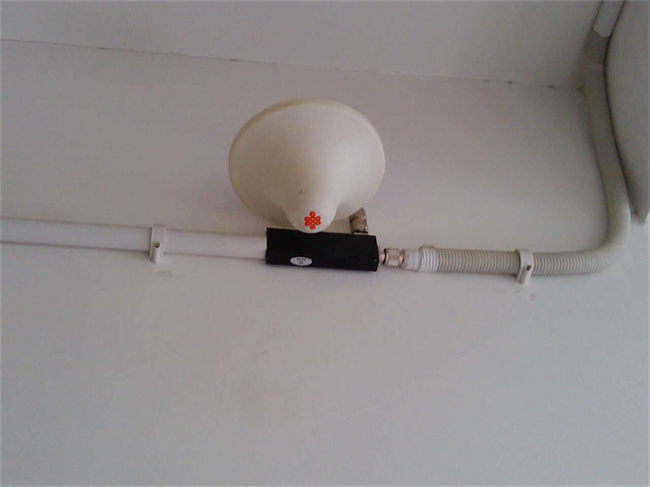In large hospitals, there are typically multiple buildings, many of which have extensive mobile signal dead zones. Therefore, mobile signal repeaters are necessary to ensure cellular coverage inside these buildings.
In modern large general hospitals, the communication needs can be divided into three main areas:
1. Public Areas: These are spaces with a high volume of users, such as lobbies, waiting rooms, and pharmacies.
2. General Areas: These include spaces like patient rooms, infusion rooms, and administrative offices, where the demand for mobile connectivity is lower but still essential.
3. Specialized Areas: These areas contain highly sensitive medical equipment, such as operating rooms, ICUs, radiology departments, and nuclear medicine units. In these areas, mobile signal coverage may either be unnecessary or actively blocked to avoid interference.
When designing a mobile signal coverage solution for such diverse environments, Lintratek uses several key technologies.
Difference Between Consumer and Commercial Mobile Signal Repeaters
It’s important to note the significant differences between consumer-grade mobile signal repeaters and the high-power commercial solutions used in large-scale projects:
1. Consumer-grade repeaters have much lower power output.
2. The coaxial cables used in home repeaters cause significant signal attenuation.
3. They are not suitable for long-distance signal transmission.
4. Consumer repeaters cannot handle high user loads or large amounts of data transmission.
Because of these limitations, commercial mobile signal repeaters are generally used for large-scale projects like hospitals.
Lintratek consumer mobile signal repeater
Lintratek commercial mobile signal repeater
Fiber Optic Repeaters AND DAS (Distributed Antenna Systems)
Two key solutions are typically employed for large-scale mobile signal coverage: Fiber Optic Repeaters and DAS (Distributed Antenna Systems).
1. Fiber Optic Repeater: This system works by converting cellular RF signals into digital signals, which are then transmitted over fiber optic cables. Fiber optics overcome the signal attenuation issues of traditional coaxial cables, enabling long-distance signal transmission. You can learn more about fiber optic repeaters [here].
2. DAS (Distributed Antenna System): This system focuses on distributing the cellular signal indoors via a network of antennas. Fiber optic repeaters transmit the outdoor cellular signal to each indoor antenna, which then broadcasts the signal throughout the area.
Both fiber optic repeaters and DAS are used in large hospital projects to ensure comprehensive mobile signal coverage. While DAS is the more commonly used term for large indoor environments, fiber optic repeaters are typically employed in rural or long-distance applications.
Custom Solutions for Hospital Needs
Lintratek has completed numerous mobile signal coverage projects for large hospitals, bringing substantial experience in addressing the unique demands of healthcare environments. Unlike commercial buildings, hospitals require specialized knowledge to ensure effective and safe signal coverage.
Fiber Optic Repeater in Hospital
1. Public Areas: Distributed antennas are designed to meet user volume needs of common hospital areas.
2. Sensitive Equipment: Proper antenna placement helps avoid interference with medical devices used in patient care.
3. Custom Frequency Bands: The system can be customized to avoid interference with other hospital communications, such as internal walkie-talkies.
4. Reliability: Hospitals demand extremely reliable communication systems. Signal enhancement solutions must incorporate redundancy to ensure continuous operation, even in the event of partial system failure, to maintain emergency communication.
DAS in Hospital
Designing and implementing mobile signal coverage in hospitals requires both expertise and experience. Knowing where to provide signal, where to block it, and how to manage specific frequency bands is crucial. Therefore, hospital signal coverage projects are a true test of a manufacturer’s capabilities.
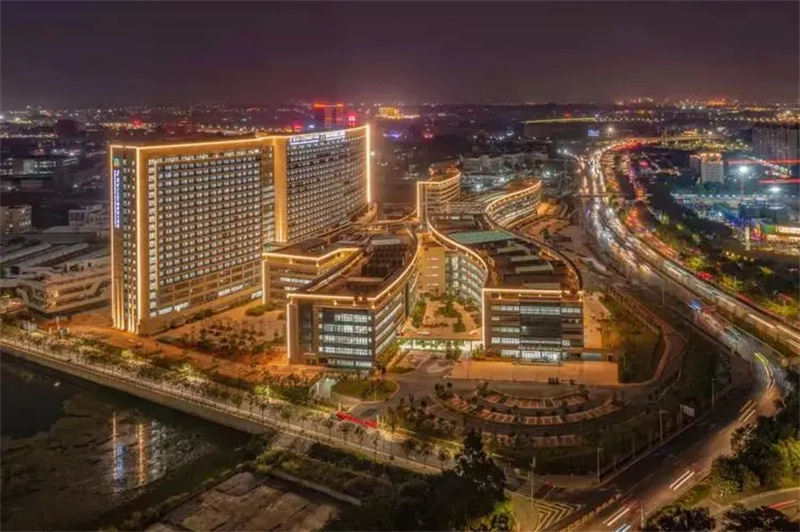
Large Scale Complex Hospital in Foshan City ,China
Lintratek is proud to have been part of many large-scale infrastructure projects in China, including several hospital signal coverage projects. If you have a hospital in need of a mobile signal coverage solution, please contact us.
Lintratek has been a professional manufacturer of mobile signal repeater integrating R&D, production, and sales for 12 years. Signal coverage products in the field of mobile communications: mobile phone signal boosters, antennas, power splitters, couplers, etc.
Post time: Sep-19-2024








